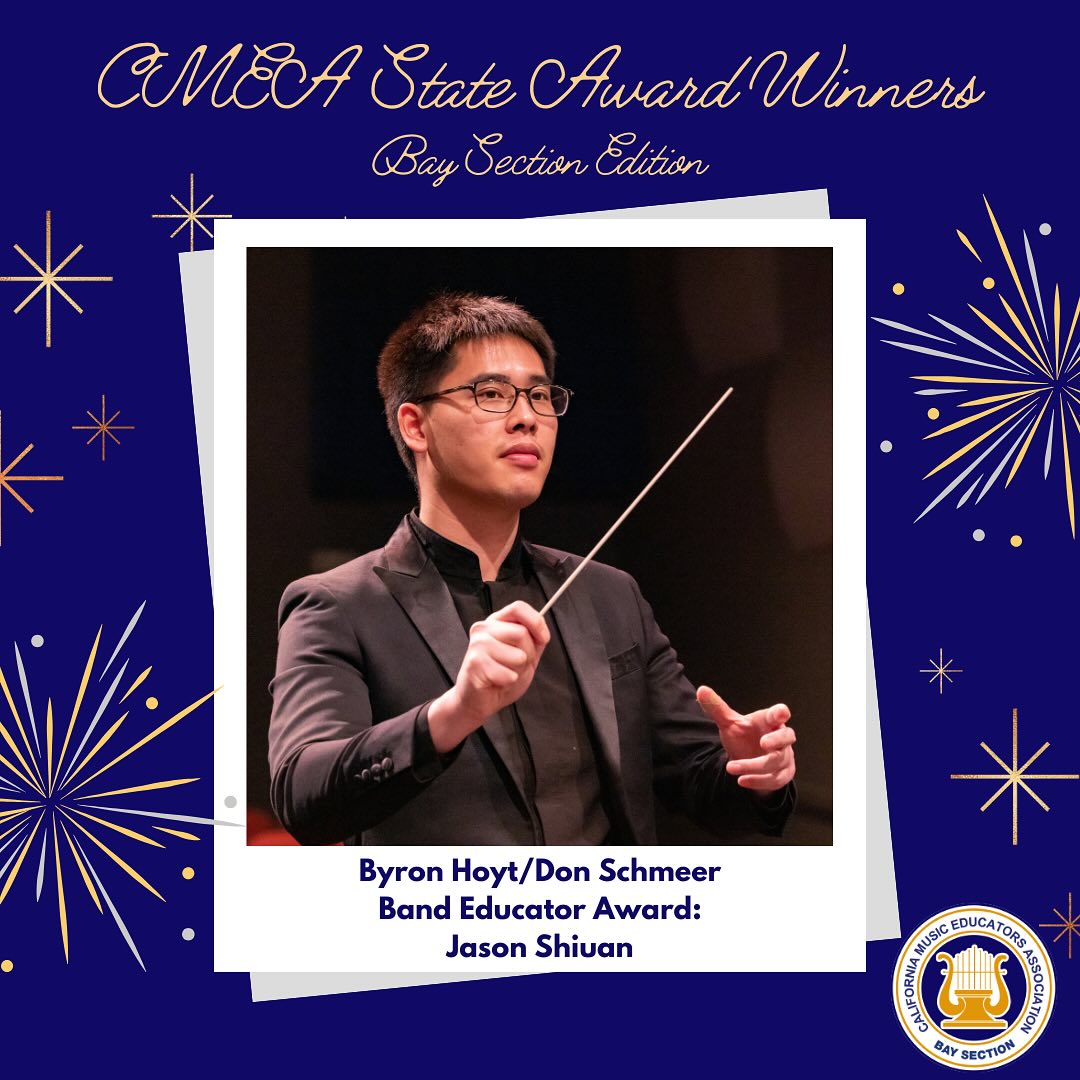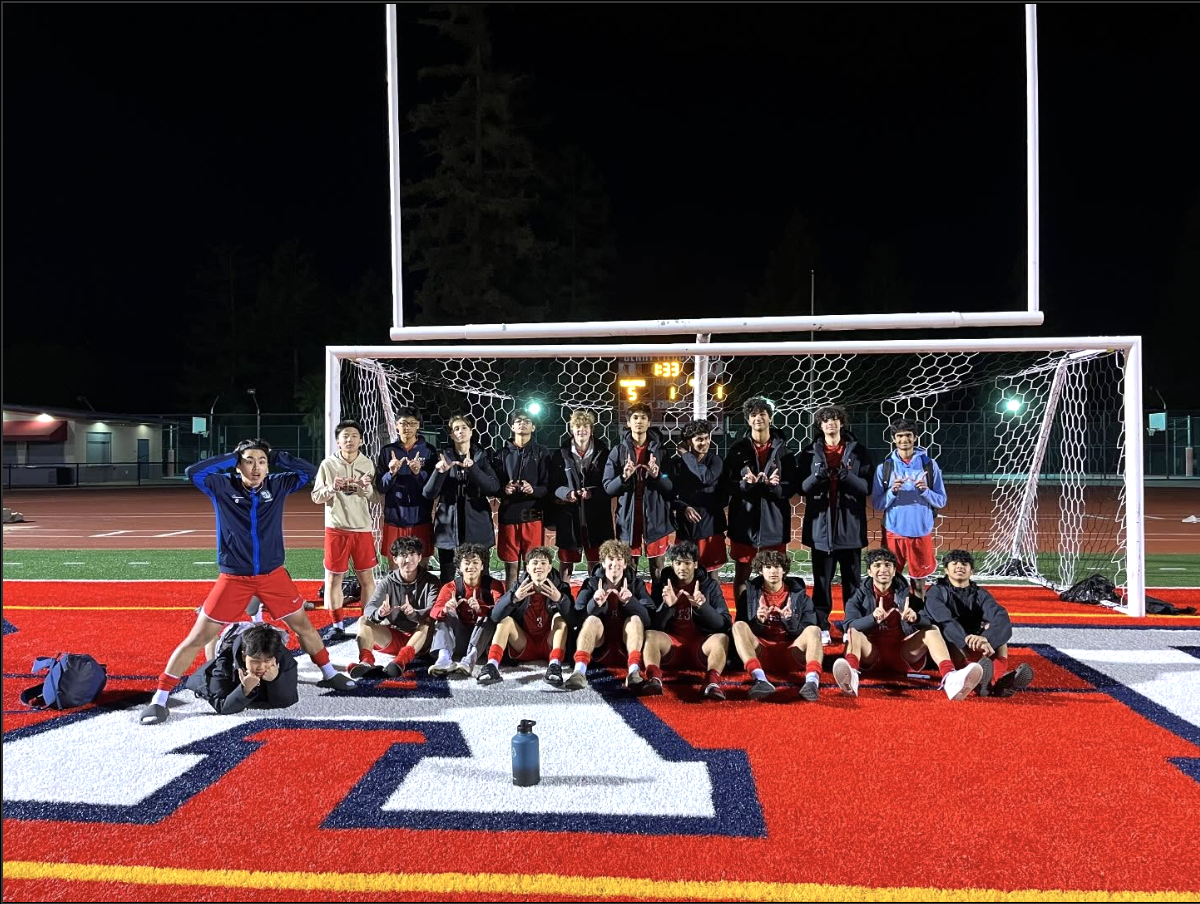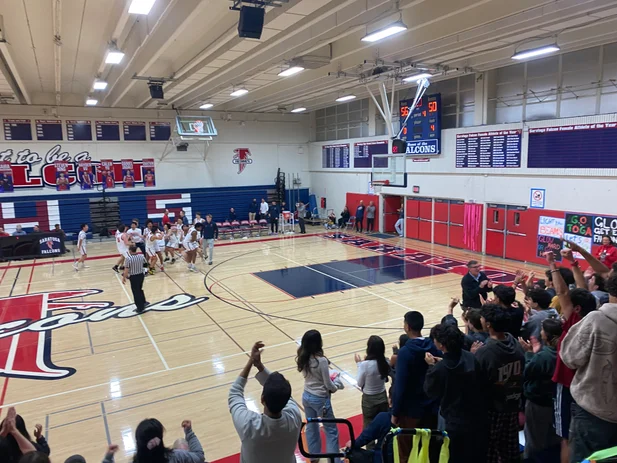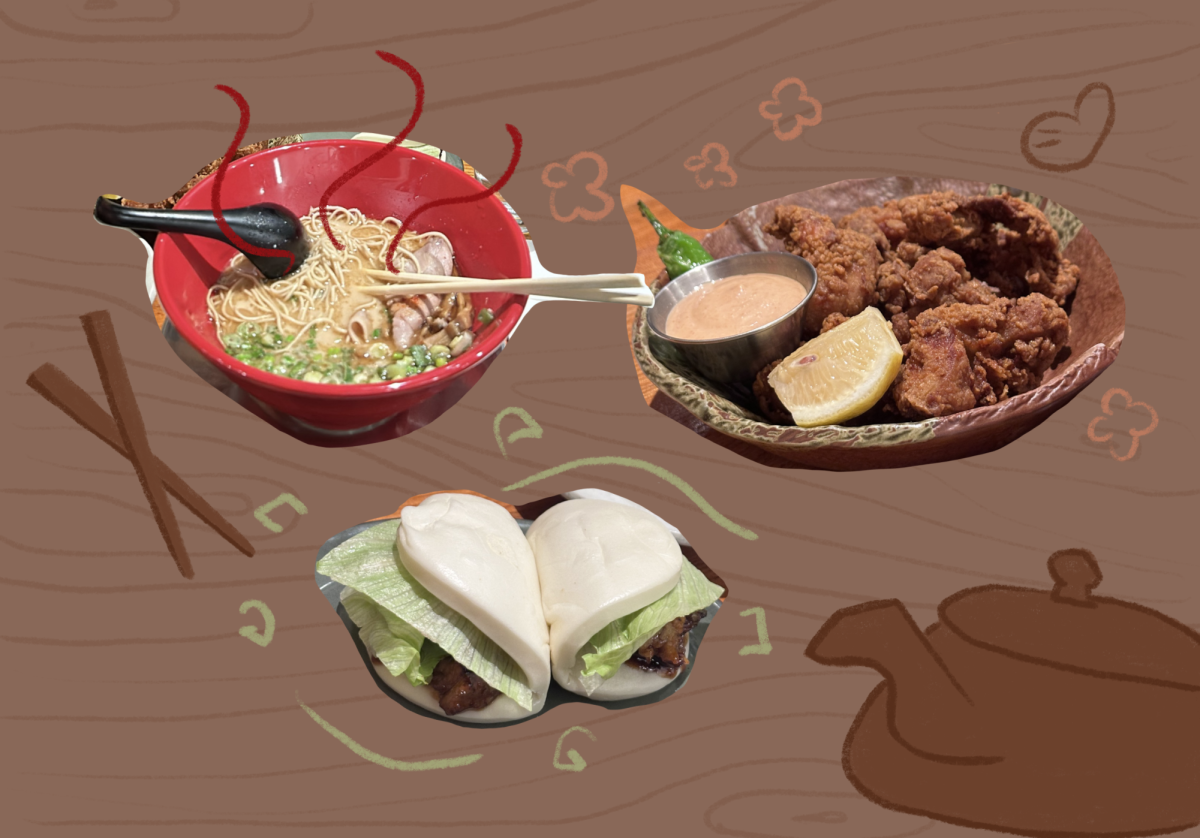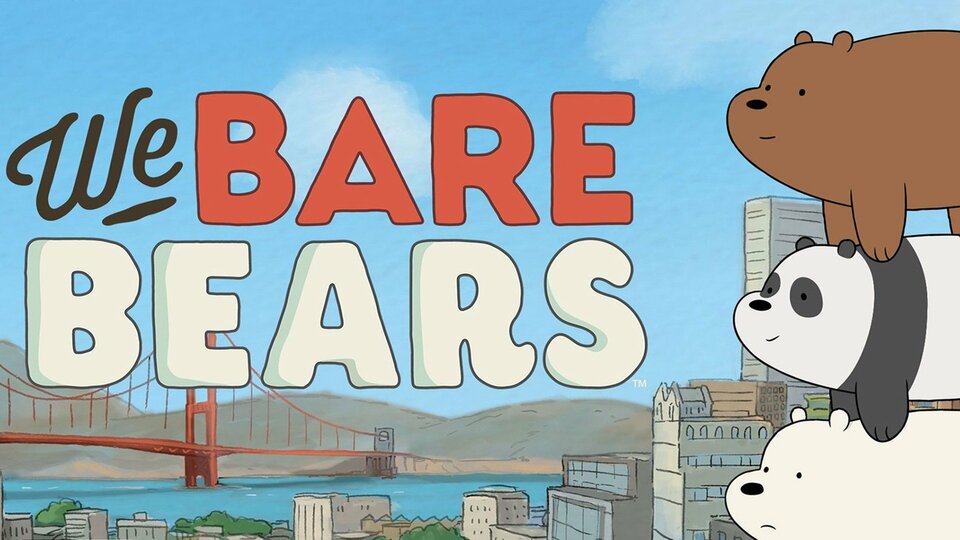Scattered around the room in groups of four or five, students sit with notebooks open on the desks in front of them. They flip through the pages of “The Bean Trees” and a sea of hands go up in response to the question projected onto the whiteboard. English 10 teacher Emily Wu stands by the board with an open whiteboard marker in her hand, ready to write the students’ interpretation of one of the character’s actions say about her.
To help her students unpack the reading from the previous night’s homework, Wu spends most of the class period breaking down the book’s content. Instead of just explaining the symbolism of characters and significance of events, Wu asks her classes what they think and holds class discussions covering these topics.
“I’ve always been a proponent of group work and having discovery-based learning, which means you kind of figure it out on your own, rather than have someone tell you what the right answer is,” Wu said.
The purpose of these class discussions is to allow each student an opportunity to share their opinion and interpretation of the book. Students are able to delve deeper as their classmates pose different perspectives on the story.
For example, one student may think the reason Turtle from “The Bean Trees” stays quiet is that she is just very mature, but another student may think she acts that way to stay out of harm.
“I think it would be kind of sad to say I was the only decider of the interpretation of the book,” Wu said. “You have to discuss it to do that heavy lifting and your own critical thinking for picking apart literature.”
This interactive class structure has been helpful to the students in Wu’s class. Sophomore Aarya Pandit said he enjoyed participating in the discussion because it helped him understand the information better.
In addition to using class discussions to teach students the material, Wu often has her students put together small presentations in groups of around four students. These presentations range from answering questions to investigating a topic from the reading.
The small presentations are effective in helping students move out of their comfort zones with public speaking and presenting information to a group.
“Initially I didn’t like them because I get stage fright sometimes,” Pandit said, “but over this year I’ve become much more confident speaking in front of a group and I present my ideas much better.”
This group work also helps students improve other skills, such as communicating with the people they work with, while simultaneously diving into the text.
“Working with people who are not like yourself or who you may not know is something you’re going to have to do in real life,” Wu said. “It takes you into that college or career prep kind of area, where you are learning how to acclimate to other people’s styles, other people’s ideas and working together to meet a common goal.”
Wu’s class structure provides a different and interesting way for her students to get involved in the class and understand all the concepts she wants them to learn from the books.
“Ms. Wu’s class is definitely different than other classes because it’s much more engaging,” Pandit said. “You have closer connections to everyone else in the class than you would if you just wrote on a worksheet.”



